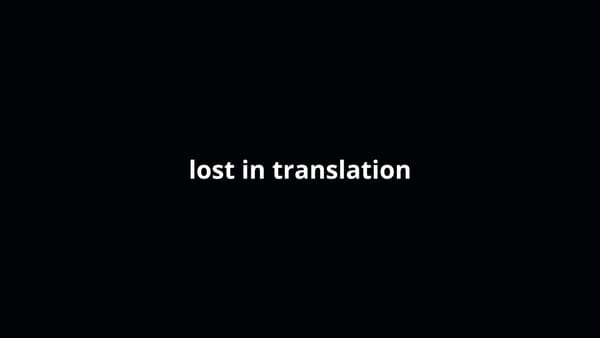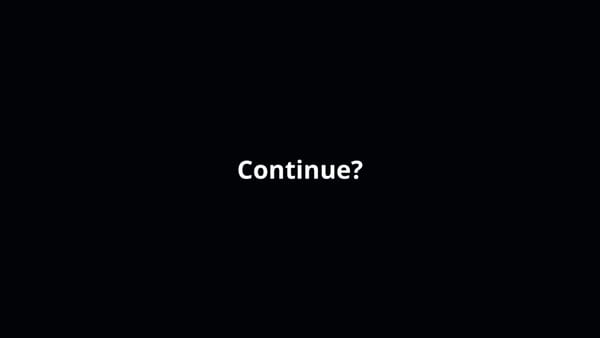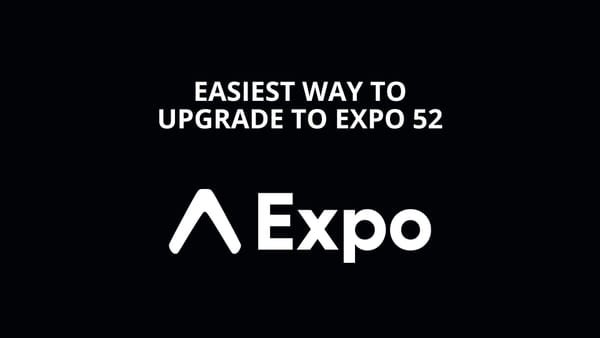How to Plan your Game Development Project (My Process for Starting & Finishing Games)
// If game development didn't require discipline, everyone would be making AND releasing games.

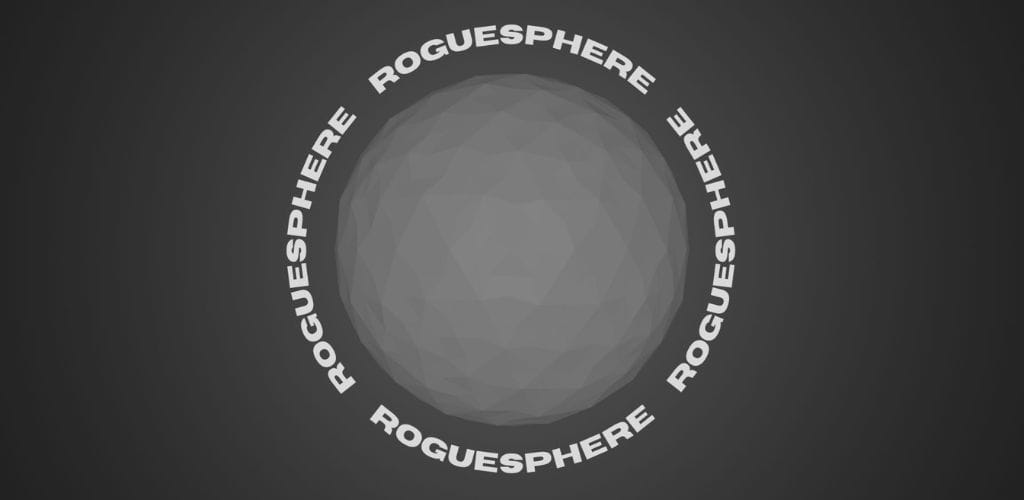
Roguesphere
Shove foes and conquer worlds with one finger.
The whole universe is against you, but you fight anyway. Travel around planets, smash through anything in your way, and get back up no matter what.
If game development didn't require discipline, everyone would be making AND releasing games.
It’s easy to start making games, but it's way more difficult to carry on and finish.
We're all great at starting.
To make sure that I finish the games I start making, I follow a typical software development life cycle to map out the whole process.
Here's a brief overview of the phases that I go through:
- Discovery Phase – brainstorm game ideas and play them in my head (some rapidly prototype here)
- Pre-production Phase – (I prototype here) design, expand, prototype and get into the finer details of a game idea to create a plan
- Production Phase – at this point, the game idea is something I am committing myself to and will iteratively build on
- Pre-release Phase - release an open beta or demo for the game to collect feedback that will help me release the game as best as it can be
- Release Phase – set up landing pages, final testing, and ultimately release the game into the market
- Post-release Phase – continually take feedback, maintain, and update the game
Let's break each phase down.
//Discovery Phase
Nowadays, I actually skip this part, because I usually build up a list of game ideas as I'm making a game.
Literally, I could be in bed at night, walking, or showering, and an idea will come to me.
I just can't help myself, so I write them all down for later and I feel like that's good enough to keep me focus on the current game I'm working on.
For me, the important thing about these game ideas though are the:
- Mechanics
- Visuals
Mechanics
With mechanics I usually ask myself:
- Is it fun?
- Is it unique?
- Can I expand on it and really add on layers for depth/breadth?
Visuals
In terms of visuals, I don't think that games have to be good looking for it to be a good game.
However, I think that the art direction can NOT only complement the mechanics, but it also plays a huge role in the marketing aspect of the game.
It's all just imagination and playing the game in my head for this phase though so I try not to get too caught up with ideas at this point.
Some people like to take it a step further by rapidly prototyping their ideas to see it play out, but I hold out on making prototypes until the next phase.
//Pre-production Phase
The pre-production phase is where I really obsess about the whole idea and dump it all in a game design document.
If the game plays out in my head well and it sort of overall makes sense on paper, that's then when I decide to actually prototype a game.
Create a Game Design Document & Storyboard
Here's the one page document template that I use for my games for your reference.
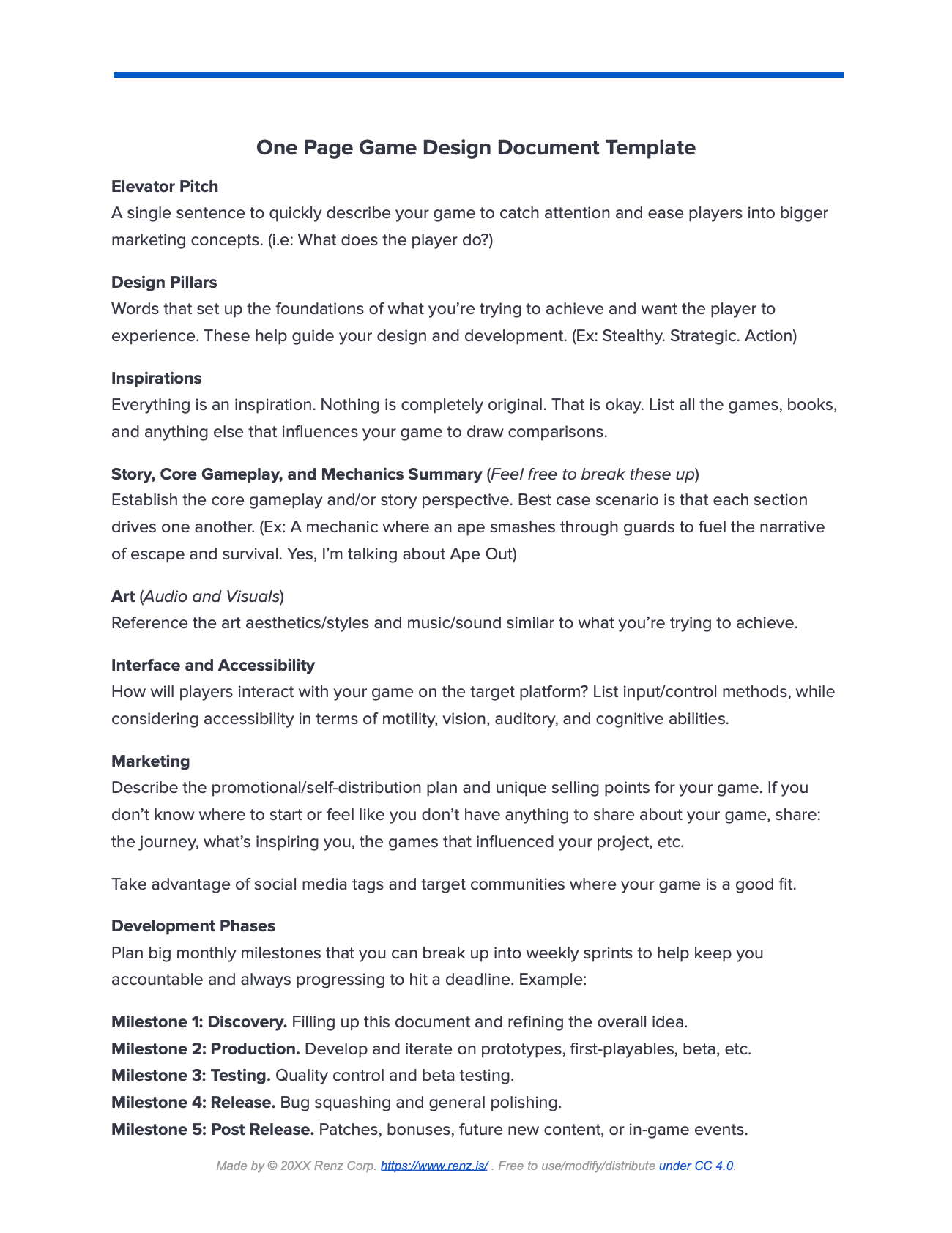
From what you can already tell from the image, this is where I expand on the overall idea and get into the finer details of the:
- Game design pillars (key foundations or genre (if you will) that help guide the game's design and development)
- Mechanics (how the rules and systems of the game will operate)
- Core Gameplay (how the main actions that define the game will play out in a loop)
- Art (how the game aesthetic will be visually and music-wise)
- Interface (how player will interact with my game)
- Accessibility (how I can make sure I can get this game to be playable for as many people as possible)
- Monetization (how I can make money)
- Marketing (how I will go about marketing)
I've written about how I write a game design document in a little more detail in this blog post, but the gist is that I find it's worth writing up for:
- Having an overview of the whole game idea that seperates pre-production from production
- Setting the design pillars
Aside from this, I also create storyboards of how each and every interface connect together.
With a game design document and a storyboard that are still pretty much guess work, I have decent map out of all the features I would want that I could break up into little milestones.
So, I zoom in to do all this obsessive work just to zoom out and make an attempt to schedule how long the game will take to make (near impossible to get right).
Scheduling
I consider the following when scheduling:
- the hours I can put in weekly
- my capabilities to implement the features I want and everything else
With the main factors being my skills to pull off my ideas. The more I'm unsure of how to do something, the higher the chance that I cut it out or risk the whole project (dropping it midway through development OR have it drag on).
I'll come up with a time for how long I think things will take me and multiply it by 2.
This gives me a deadline that help me stay focus and helped me build the skill of finishing a game when I was starting out (yes, finishing the development of a game is a skill, because anyone can start a project).
If you are someone who hasn't released a game AND would want to, I strongly recommend to be strict on your first game's deadline. Otherwise, you will never learn how to actually publish a game, polish a game, localize a game, and the list goes on.
Taking all the planning in this phase more seriously would have saved me a lot of pain back then with my first release (I was ambitious and overly flexible). I let the game drag on, because I didn't really have a plan and couldn't accept the fact that my first game isn't going to be my best game.
If it helps, know that games can be updated unlike songs or movie releases...
Save yourself a lot of pain and plan your game idea well in this phase.
//Production Phase
Now, we get to the 'fun' phase that all of us idea starters love, which is to actually start developing and testing the game.
Again, I just really want to emphasize that ideas are the new currency and they come cheap. The best ideas are worth nothing unless we act on them.
Throughout the whole production phase, I act on my game ideas using the plan I made in the pre-production phase by:
- making progress daily (big or small)
- sharing as much as I can and as much as possible
Make Progress Daily
For me to make progress daily, I make the development of the game a game in itself.
With each and every feature I have listed on my game design document, I further break them down into even smaller actionable steps.
This is what works for me in terms of keeping my retention and engagement high for the whole game of making my game.
I can literally check only one small thing off of a list and it would be a win for the day.
One thing is enough for the day:
- refine a mechanic
- write dialogue
- new sprite
- new 3D model
- new sound effect
- balance gameplay
- optimize
- playtest
- share your game
- etc
I take it one quest and level at a time.
For any features that creep in during development, I always just make sure to jot them down in my project management tool (Trello), so that I can consider it when I can and get it out of my head space most importantly.
For the tempting game ideas that come up, I make sure to jot those down too for the same mental reasons and for me to consider when I finish my current game (this is how I build up a list of game ideas that allow me to skip the discovery phase).
Share Work Often
As I've listed above in the one thing I could do daily, sharing my game is part of that list.
I want people to play my game and so I need to share it as often and as early as I can (it's not going to market itself).
The mindset that really helped me overcome a lot of the barriers that stop people from sharing their work is by internalizing the fact that no one cares about what I'm on about. It's nothing personal and it actually makes sense.
How can someone else care more about something I'm passionate about and have personally put in countless of hours of work on?
There's also the fact that everyone has something going on for themselves.
Their own passions.
Their own games.
Its just not personal!
With that said, I try to make people start caring by sharing my development journey on a lot of social media platforms and my own blog.
I'm still learning, but I think the most practical advice I can give would be to start with text-based platforms because they are easy to produce content for (post an image/gif and support it with text). Even better is to run your own blog (long form content), which you can use to pull snippets from for your posts on the text-based platforms like Threads or X.
Writing about my game is very therapeutic for me too. It's a nice change of pace from actual development and really is just like journalling.
This system creates opportunities for my game, while at the same time it helps me keep a level head.
With everything I'm sharing, I give direct and indirect attention to a main call to action for gamers to well ... act on.
The key word there is that I actively try to target gamers, not other game developers to join my newsletter, wishlist the game and try out early builds.
So, I try to set up ways for people to make deeper call to actions for my game other than just liking and commenting on my posts about the game by setting up a main landing page for my game (on my own domain or a market listing like a steam page).
Last thing I'm going to say about sharing is that making the game appealing early on is not always a waste of time because it grabs attention for the game. Not only that, but I find that it also helps with motivation knowing that the game I'm working on is looking good.
That's the production phase.
Make stuff.
Share it.
Repeat.
Opportunities = making stuff X sharing it
Creating in public IS NOT something done only after becoming successful. It IS done to become successful.
//Pre-release Phase
After the production phase is the pre-release phase.
Testing and More Promotion
This is the phase where I either do internal testing or an open beta to collect feedback for the main mechanics and core loop of the game.
At the moment, I'm only developing for mobile so this is also the phase where I set up the limited 90 day pre-registrations for the game I'm working on.
Pre-registrations on Google Play and pre-ordering is the equivalent of wishlisting a game on steam in the mobile world. There is an actual wishlist feature on mobile, but that doesn't work to help build up hype for upcoming games (it's more so for games that are already released and really only works for paid games).
That's a little insight for people making mobiles games, but to get back to the main topic, I try my best to capitalize on promoting both the early playable version of the game as well as the pre-registrations for the game's release.
I have to keep talking about it for people to start talking about it.
More Development
Also, depending on the game, the pre-release phase can become just another production phase and how much longer it takes depends on how the game was taken by the testers.
There will be the planned subfeatures I have yet to implement plus the new ones (big or small) that I get from all the feedback or whatever else that creep in.
Again, game development is hard and it's impossible to see what's coming.
I really know nothing about my game unless it's released.
Deadlines may get extended.
The way I work is that I use the dates to help me stay focus, but I ultimately don't let it dictate if I'm done with a game.
I like feeling that I'm releasing a game, because I have all the features I want in it (including the ones that creep in and I like during development) rather than just to meet a deadline.
I'm very flexible with my approach, but there are too many factors that make it not work for everyone.
So, if you are someone who hasn't released a game AND would want to, I would say to come up with a strict deadline, because finishing a game (once again) is a skill.
I would have never learned how to actually publish a game, polish a game, localize a game, set up a game listing in the market,etc if I never got myself to actually finish a game.
Which brings up the next phase.
//Release Phase
This is when I finally have my game feature complete and I'm overall happy to put it out there.
The key thing I always keep in mind here is that it's not as easy as pressing a release button.
It's more of the hurdles that I face from setting up the test versions and pre-registrations on Google Play and the App Store:
- preview images for the game
- game description
- trailer
- legalities
- back and forth communication with Google/Apple
- etc.
A list with each item taking lots of time to do and get done effectively.
There's a lot that goes on searchability-wise with how the game description is written.
There's a lot that goes on appeal-wise with how the trailer and preview images are made.
There's a lot of time that I can't control, because I have to wait on the platforms.
The point is that it's usually a good idea to dedicate a respectable amount of time in this phase, especially when you haven't done it before.
//Post-release Phase
Last, but not least is the post-release.
Family, friends, and hopefully some people I've attracted to the game finally get their hands on my game.
More often than not, there will be bugs reported or little things that could be better, so I will dedicate time updating the game as long as I want/need for it to be the best game that it can be.
It's a very rewarding phase not only because people can now play the game, but also the fact that I can move onto my next idea!
And the cycle repeats with another project :)
//Conclusion
This is the project management model that works for me.
To summarize the key takeaways:
- Plan to finish (set a deadline to help with focus — be strict with this for your first game release)
- Fail lots and plan for failure (double estimated timelines)
- Break down the big tasks into smaller tasks to get to the finish line (gamify the game development process)
- Write up a loose game design document (this document especially the design pillars portion will help during times of confusion)
- Market early and as much as possible (create opportunities for the game by sharing it with a focus of targetting mainly gamers not other game developers)
That's it for this one frend.
Make great games and please let me know about them :)
— Renz
1. Get Doaily: a gamified to do list that will help you build a habit of making every day count.
2. Play Roguesphere: shove foes and conquer worlds with one finger!
3. Play Rainy Day: a financial casual education game.
//Supporters
Special thank you shout out to the following ongoing generous supporters of my work, making a difference in the world and mine.
- Laura Milligan
- Andrew Abrook
- Armaigne Rivero
- Fritz Rivero



